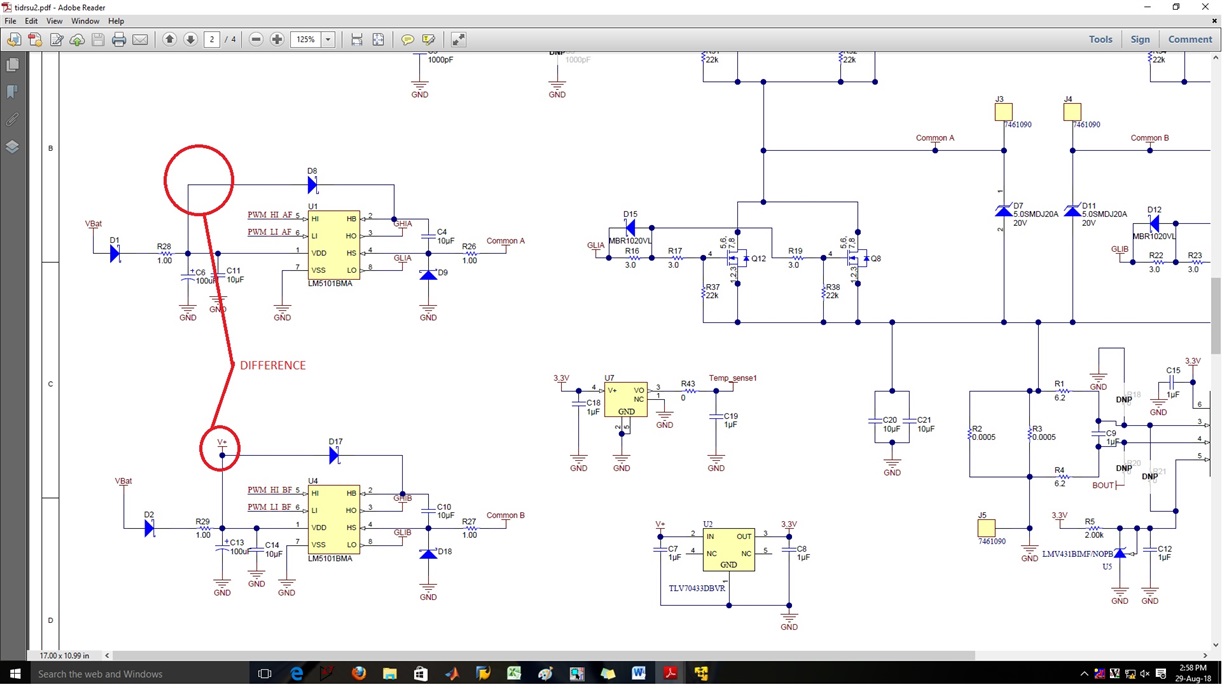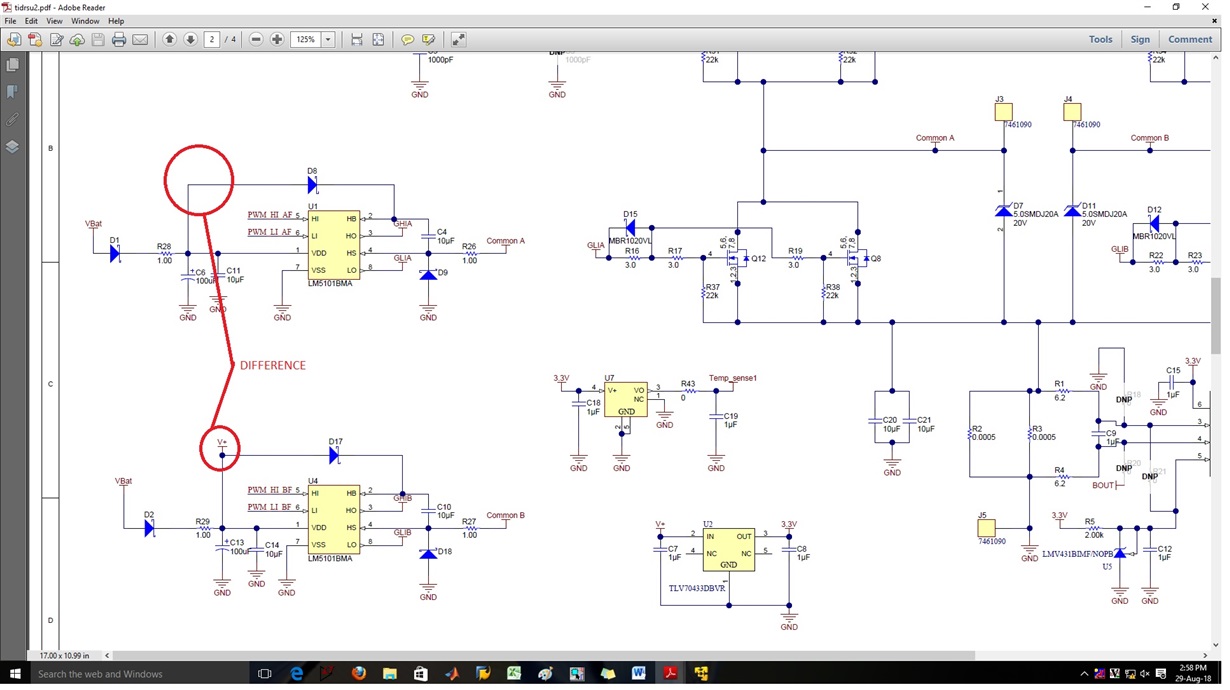This is with reference to the inverter design reference file. Actually we
are looking for application with:
Input voltage - 48VDC
Ouput voltage - 60VAC RMS
Frequency- 50 to 60Hz
Power - 200 W
Pure Sinewave Inverter
upon surveying we came across 2 designs TIDA-01292 and TIDM-HV-1PH-DCAC, which would be the best design suitable for our application after small modification.
-
Ask a related question
What is a related question?A related question is a question created from another question. When the related question is created, it will be automatically linked to the original question.



